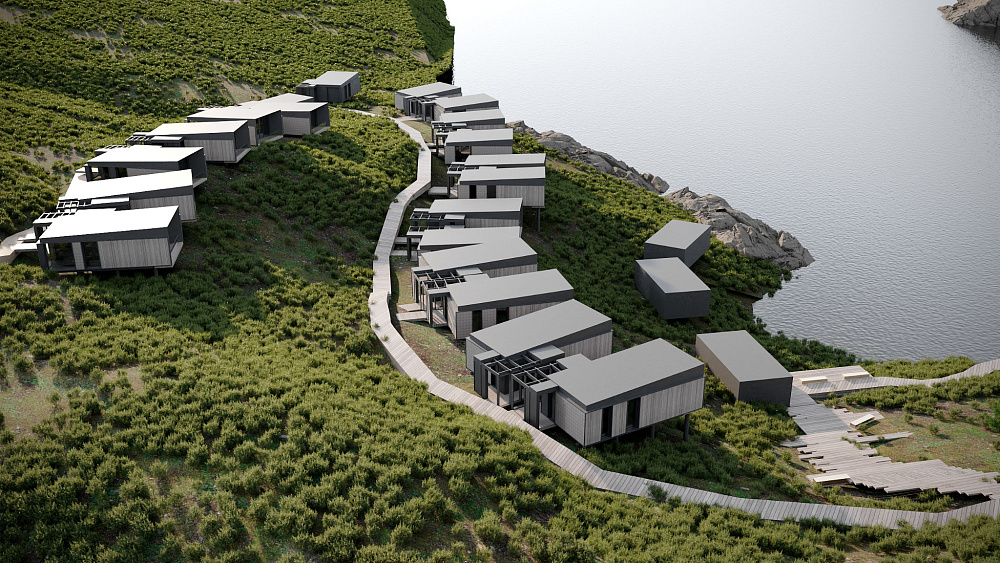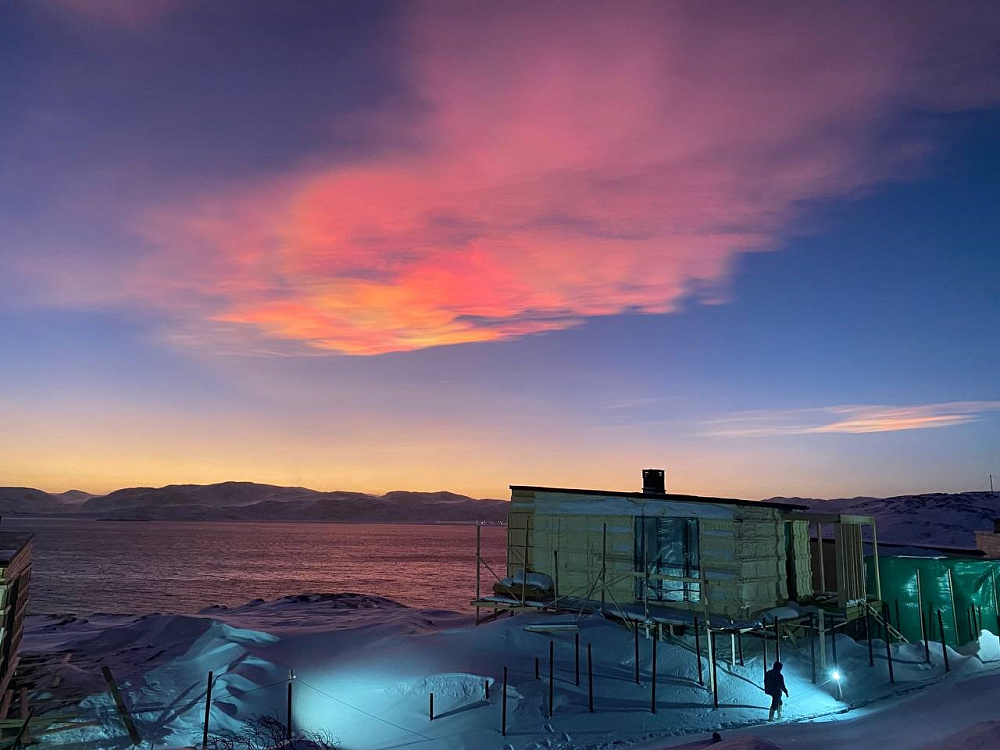Under the supervision of Aleksandra Eremeeva, PhD in Architecture and Associate Professor at the SPbGASU Department of Architectural Design, research into the architectural features of tourist complexes in the Arctic zone of Russia has been conducted for several years. The development of the tourist potential of the Russian Far North is part of the national project "Tourism and Hospitality".
"Development of tourism in the Arctic requires special approaches. On the one hand, the region has a unique natural landscape, on the other hand, it imposes extremely tough conditions on construction: an extremely cold climate, remoteness from logistics hubs, a fragile ecosystem. In such conditions, traditional methods of constructing tourist infrastructure are often either too expensive or simply impossible. In this regard, more and more attention is being paid to modular architectural solutions," explained Aleksandra Eremeeva.
She noted that modular structures make it possible to manufacture tourist facilities – residential units, pavilions, food outlets and other service facilities – in factory conditions and deliver the finished modules directly to the installation site. This significantly optimizes the process and makes it possible to build tourist facilities in a short time, since the construction period in the Arctic region is very limited due to climatic conditions. Modular facilities can be operated autonomously: they are equipped with heating, water supply, drainage, ventilation systems and often do not require a capital foundation. Modules can be adapted to various landscapes and different needs of tourists. At the same time, they do not disturb the natural environment and can be dismantled untraced.
"From an economic point of view, modular facilities are a rational solution, especially in places where capital construction is not only expensive, but also impractical. What is important here is the speed of launch, mobility, and payback within one or two tourist seasons. In addition, modularity opens the way to typological experiments: you can change the layout inside the module, expand the complex, combine modules depending on the tasks and budget," emphasized Aleksandra Eremeeva.
Postgraduate student Ilya Yunchis studied the possibilities of using modular tourist facilities in this region. He chose this topic for a reason: his architectural bureau Sai participated in the design and implementation of a tourist complex consisting of modular facilities in the village of Teriberka in the Murmansk region. The project uses compact residential modules with panoramic glazing, structural solutions with a lightweight frame and effective insulation, ventilated facades, and an emphasis on energy efficiency. It was possible to create comfortable conditions for tourists without harming the environment, which was a fundamental focus for the authors of the project.
"Modular solutions allow architecture to be flexible, delicate in relation to nature and at the same time expressive and functional. Modular objects are the future of Arctic tourism," the authors of the study are convinced.



